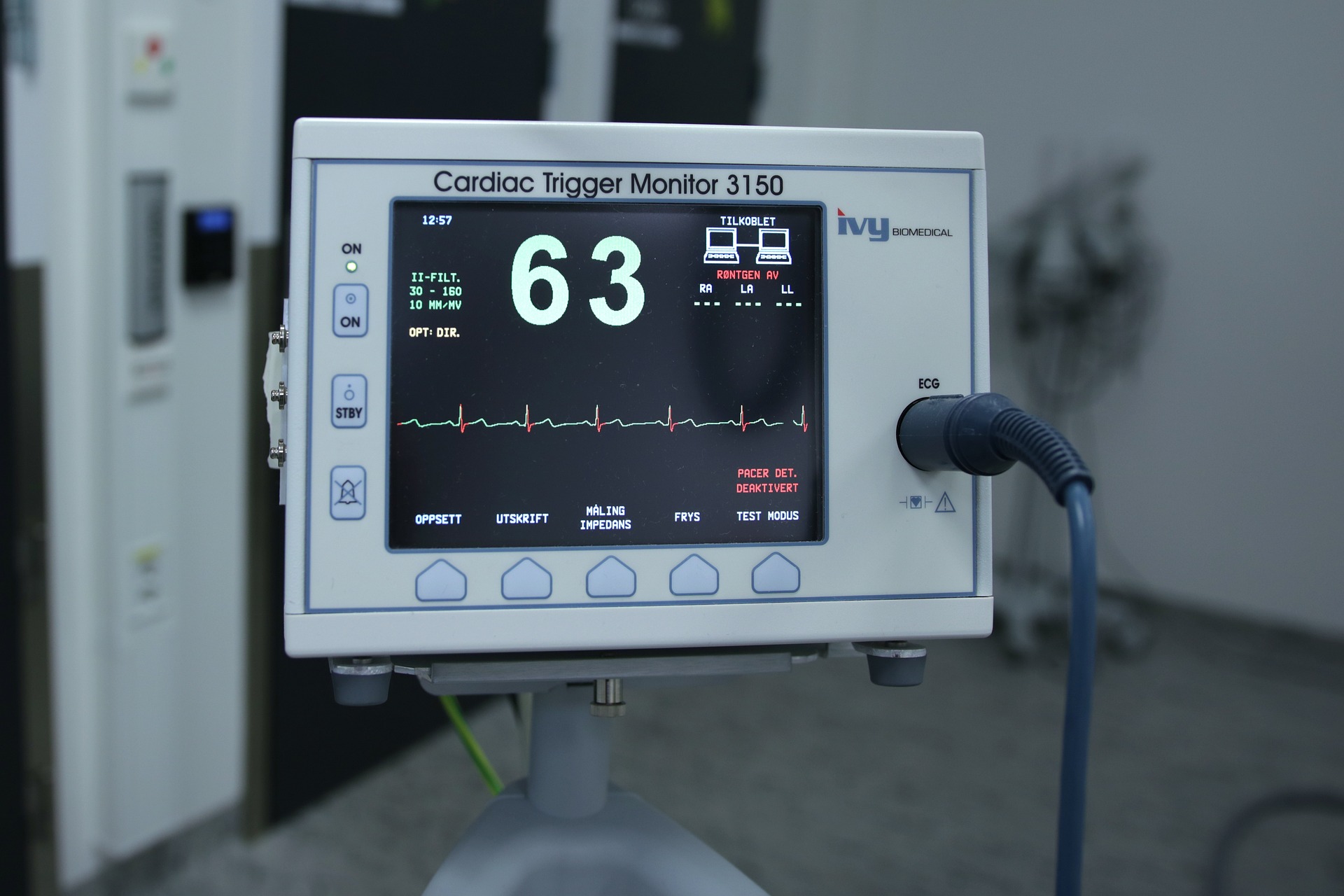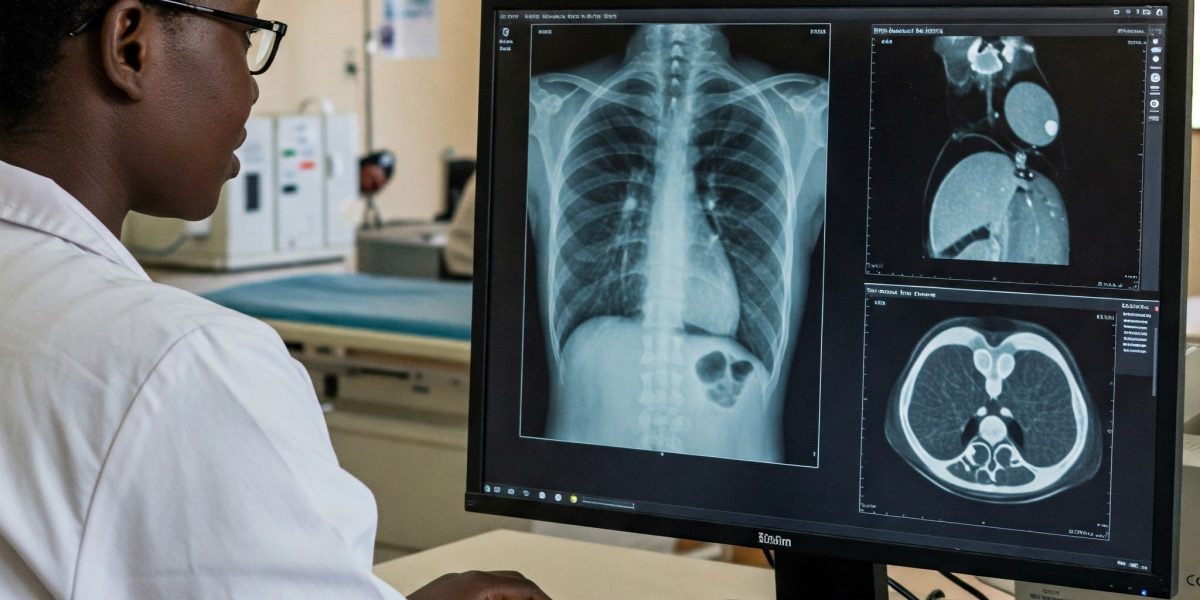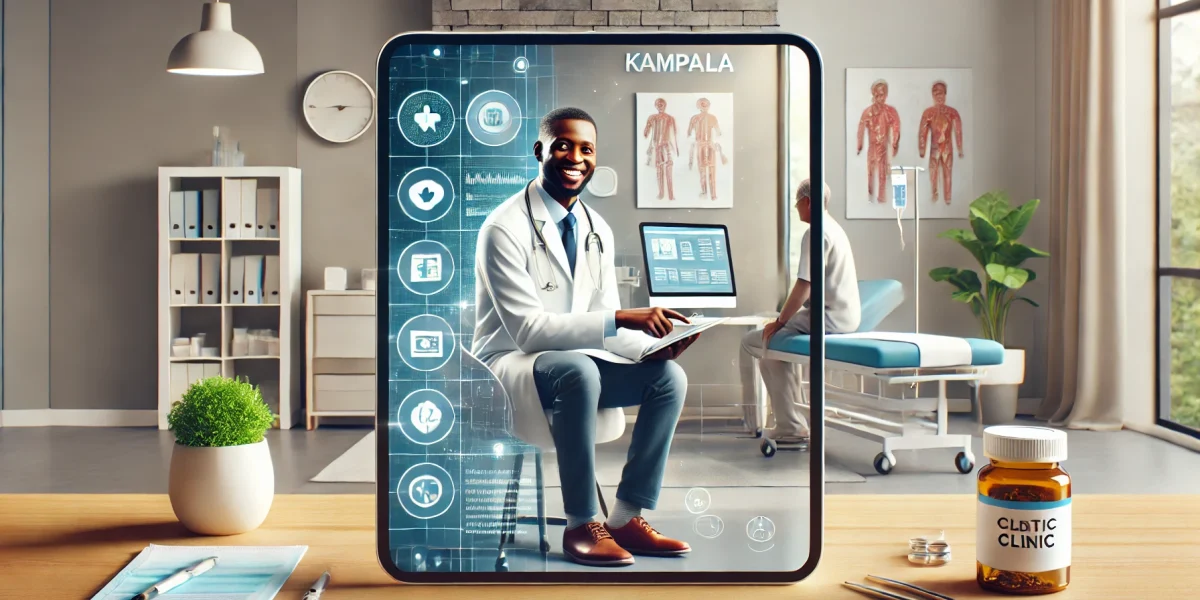In the ever-evolving landscape of healthcare, a paradigm shift towards patient-centric care is at the forefront of discussions. This shift is not only transforming the way healthcare is delivered but is also redefining the patient experience. One significant catalyst in this transformation is the integration of diagnostic software into health facilities.
- Understanding Patient-Centric Care
Patient-centric care places the patient at the center of the healthcare ecosystem. It involves tailoring medical services to meet the unique needs, preferences, and values of each patient. This approach is not just a buzzword; it is a commitment to providing care that is not only medically effective but also respectful of and responsive to individual patient preferences.
- The Role of Diagnostic Software
In this journey towards patient-centric care, diagnostic software emerges as a crucial player. It goes beyond the traditional methods, providing a platform that seamlessly integrates diagnostics into the broader spectrum of patient care.
- Personalized Diagnostic Insights
Diagnostic software allows healthcare professionals to gather and analyze patient data efficiently. It provides a comprehensive overview of a patient’s health, enabling more personalized and targeted care plans. Through sophisticated algorithms and data analysis, healthcare providers can make informed decisions tailored to the specific needs of each patient.
- Improved Communication and Engagement
One of the key aspects of patient-centric care is fostering open communication between healthcare providers and patients. Diagnostic software facilitates this by providing a transparent view of diagnostic results. Patients can easily access their data, understand their health status, and actively participate in decision-making processes regarding their care.
- Streamlined Processes for Enhanced Patient Experience
The integration of diagnostic software streamlines administrative processes, reducing waiting times and enhancing overall efficiency. Patients experience quicker turnaround times for test results, leading to faster diagnosis and treatment initiation. This not only reduces anxiety for patients but also contributes to a more positive healthcare experience.
- Accessibility and Convenience
Diagnostic software often comes with features that enhance accessibility and convenience for patients. Whether through online portals or mobile applications, patients can schedule appointments, access their health records, and receive important updates at their fingertips. This level of convenience is a hallmark of patient-centric care.
- Data Security and Confidentiality
Patient-centric care emphasizes trust, and diagnostic software ensures the security and confidentiality of patient data. Advanced encryption methods and secure storage protocols safeguard sensitive information, building a foundation of trust between healthcare providers and their clients.
- Embracing the Future of Healthcare
As we embrace the future of healthcare, diagnostic software by IICS Technologies stands as a beacon for patient-centric care. It transforms healthcare into a collaborative journey, where patients actively participate in their well-being. By putting clients first, diagnostic software not only enhances medical outcomes but also enriches the overall healthcare experience, fostering a culture of empowerment and engagement in the pursuit of better health.





